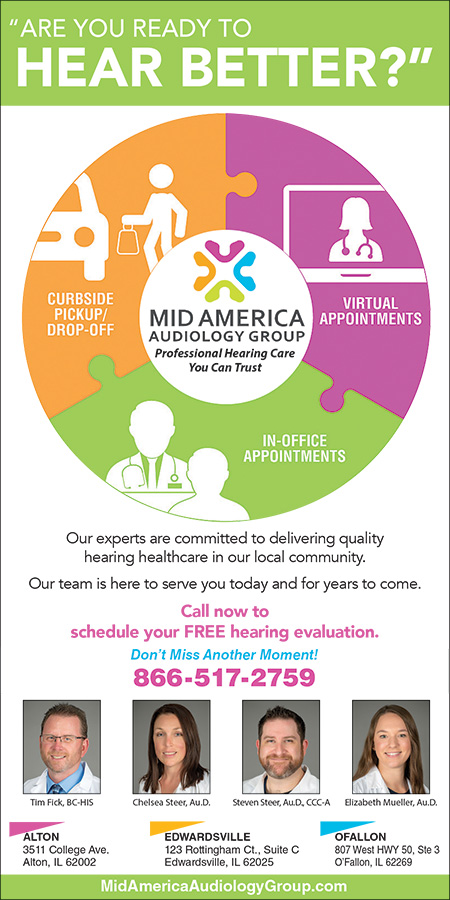 Washington – Construction workers often face some of their industry’s most serious dangers – such as falls from elevation, being struck or crushed by equipment or other objects, and electrocution – but recent studies suggest another occupational concern is lurking silently at U.S. worksites: worker suicides.
Washington – Construction workers often face some of their industry’s most serious dangers – such as falls from elevation, being struck or crushed by equipment or other objects, and electrocution – but recent studies suggest another occupational concern is lurking silently at U.S. worksites: worker suicides.
5 TIMES GREATER THAN OTHER WORK-RELATED FATALITIES
The Centers for Disease Control and Prevention reports that the suicide rate for men in construction and extraction was five times greater than the rate of all other work-related fatalities in the industry in 2018, and these workers are four times more likely to end their own lives than people in the general population.
To assist workers in an industry with one of the nation’s highest occupational suicide rates, the U.S. Department of Labor’s Occupational Safety and Health Administration has joined a task force of construction industry partners, unions and educators to raise awareness of the work stresses seen as the causes of depression and the thoughts and acts of suicide among construction workers. In addition to alerting other stakeholders, the task force encourages industry employers to share and discuss available resources with their workers.
SUICIDE PREVENTION SAFETY STAND-DOWNS
“Construction workers cope with unique causes of stress, such as uncertain seasonal work; remote work and job travel that keeps workers away from home and support systems; long, hard days and completion schedules; and the job-related risks of serious injuries,” explained Assistant Secretary for Occupational Safety and Health Doug Parker. “Left unchecked, these stressors can affect mental health severely and lead to anxiety, depression, substance abuse and – in some cases – suicide.”
The coronavirus outbreak and pandemic only worsened the problem, researchers found. In August 2020, the CDC reported a considerable one-year increase in symptoms of anxiety disorder and depressive disorder in a survey of the U.S. population.
Moved by their concern for a growing problem, a group of industry volunteers joined in 2020 to launch the first Suicide Prevention Week for construction workers. In 2021, more than 68,000 workers in 43 states registered to participate in Construction Suicide Prevention Week, managed by a task force comprised of OSHA, Associated General Contractors, The Builders Association, leading construction companies and Labor unions.
988 SUICIDE & CRISIS LIFELINE
“Suicide can be prevented with professional help and assistance,” Parker added. “OSHA encourages employers, industry associations, Labor organizations and workers to use all available resources to understand the problem and the warning signs of depression before tragedy strikes.”
The 988 Suicide & Crisis Lifeline is a federally funded project designed to improve crisis services and advance suicide prevention for U.S. residents.
Supported by the U.S. Department of Health and Human Services, the 988 Suicide & Crisis Lifeline, formerly the National Suicide Prevention Lifeline, provides free and confidential emotional support to people in suicidal crisis or emotional distress. Available 24 hours a day, seven days a week, the 998 lifeline is a national network of more than 200 local crisis centers, combining custom local care and resources with national standards and best practices.
Review these OSHA mental health and crisis resources at https://www.osha.gov/preventingsuicides.
Know the warning signs
Some behaviors may indicate that a person is at immediate risk for suicide.
The following three should prompt you to immediately call or text 988 (988 Suicide & Crisis Lifeline) or call a mental health professional:
- Talking about wanting to die or to kill oneself.
- Looking for a way to kill oneself, such as searching online or obtaining a gun.
- Talking about feeling hopeless or having no reason to live.
SERIOUS RISK
Other behaviors may also indicate a serious risk—especially if the behavior is new; has increased; and/or seems related to a painful event, loss, or change:
- Talking about feeling trapped or in unbearable pain.
- Talking about being a burden to others.
- Increasing the use of alcohol or drugs.
- Acting anxious or agitated; behaving recklessly.
- Sleeping too little or too much.
- Withdrawing or feeling isolated.
- Showing rage or talking about seeking revenge.
- Displaying extreme mood swings.
CALL OR TEXT FOR HELP
Call or text 988 or visit https://988lifeline.org.
The Lifeline is a 24-hour toll-free phone line for people in suicidal crisis or emotional distresss.
An online chat option is also available.
(Suicide Prevention Resource Center)


